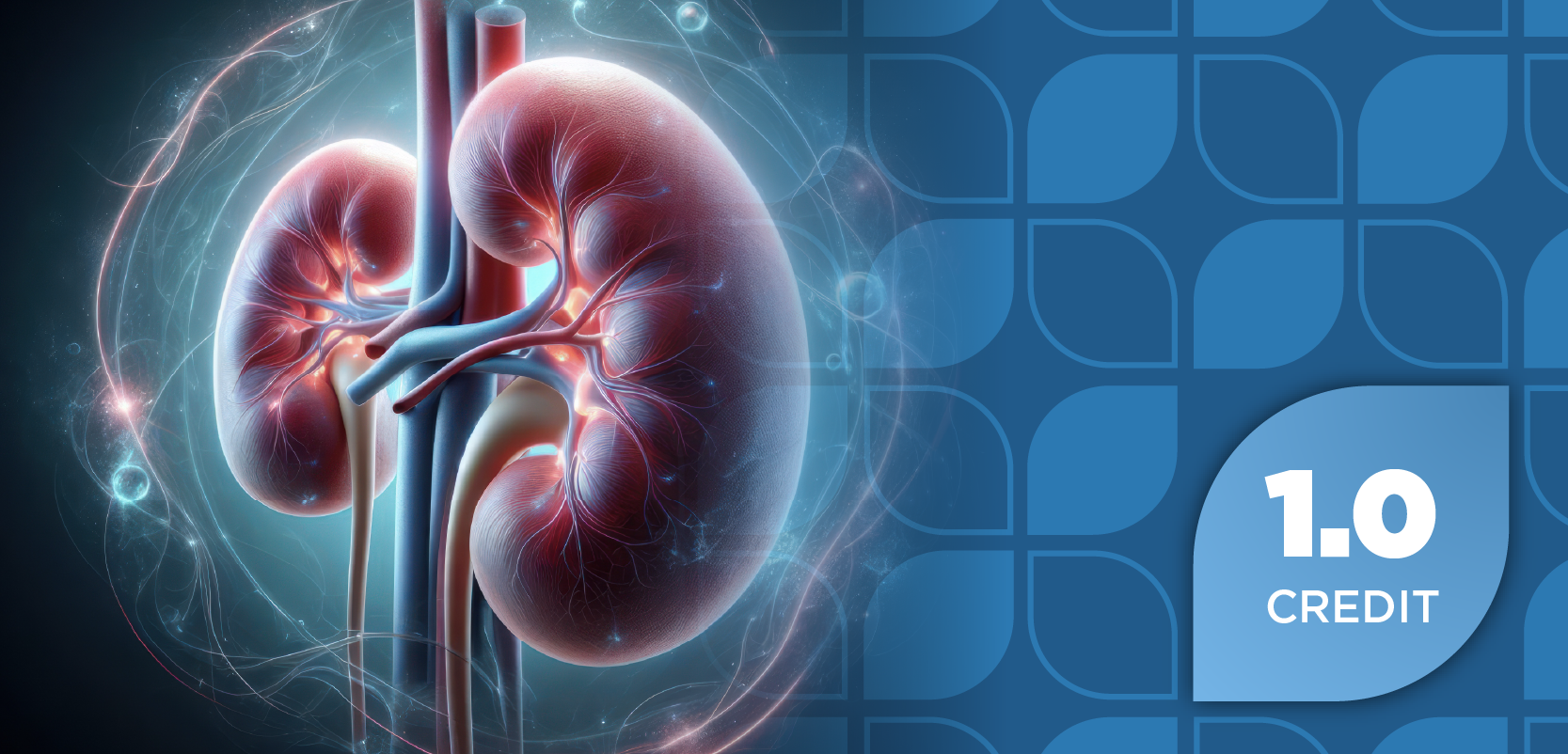
Current Status of Chronic Kidney Disease in the US
A panel of medical experts begin a discussion addressing the incidence and prevalence of chronic kidney disease (CKD).
Episodes in this series

Ryan Haumschild, PharmD, MS, MBA: Hello, and welcome to this AJMC® Chronic Kidney Disease Stakeholder Summit. I am Dr Ryan Haumschild, director of pharmacy services at Emory Health Care in the Winship Cancer Institute. Joining me today in this discussion are my colleagues Dr John Anderson, internal medicine physician at TriStar Centennial Medical Center; Dr Ken Cohen, executive director of translational research at Optum Health; Dr Jennifer Green, professor of medicine, Division of Endocrinology at Duke University; and Dr Suzanne Nicholas, professor of medicine and clinical hypertension, specialist, Division of Nephrology, at the David Geffen School of Medicine at UCLA [University of California, Los Angeles]. Today, our panel of experts will describe the burden of CKD—including its impact on patients and payers—review the latest evidence and treatment guidelines [that] inform decision-making in CKD, and discuss unmet needs in future directions of the treatment of CKD. Thank you. Let’s begin.
Ryan Haumschild, PharmD, MS, MBA: For our viewing audience, let’s first start giving an overview of chronic kidney disease, as well as the interconnectivity of cardiorenal metabolic syndrome. So if we can, let’s get started with Dr Nicholas. Dr Nicholas, what is the status of chronic kidney disease in the United States? And [could you] characterize it a little bit further, such as maybe the incidence and the prevalence? What does it look like by stage? And lastly, how has CKD changed over time?
Susanne B. Nicholas, MD, MPH, PhD: Those are all excellent questions, and I’m really pleased that we’re talking about chronic kidney disease today, primarily because this is a significant public health issue not only in the United States but around the world. Currently, around 37 million adults in the United States have chronic kidney disease. That’s a huge number. It’s about 14% to 15% of our population. And unfortunately, the vast majority of these individuals don’t even know that they have chronic kidney disease. And when we look at the numbers worldwide, about 850 million individuals worldwide have chronic kidney disease. The reason why we’re talking about this today and why we’re still concerned about this is because of the huge morbidity and mortality risk that patients with chronic kidney disease have, particularly when it comes to cardiovascular disease. As a result, it’s very related or, I should say, interrelated. And so it’s important that we speak about not just chronic kidney disease but also cardiovascular disease. Now, chronic kidney disease, it’s a disease that’s an abnormality, when you look at the definitions and abnormality of the kidneys, whether we’re looking at function or structure that has been present for more than 3 months. And there are ways that we can diagnose chronic kidney disease in patients. But it’s important that once we diagnose these individuals that we [are able] to stage their disease based on their level of kidney function. And that allows us to do many things. For one, it allows us to risk-stratify these individuals when it comes to their rate of progression of chronic kidney disease to kidney failure. But also when it comes to their cardiovascular risk. So chronic kidney disease is based on stages 1 through 5 where stage 1 is normal kidney function. And…stage 5 is kidney failure. Most patients are within chronic kidney disease stage 3. So you can imagine that for an individual who has chronic kidney disease, it’s going to be important for them to know where they are in the scheme of things so that providers can initiate the right therapies for these individuals and follow them over time to decrease their risk of progression [of] kidney failure as well as their cardiovascular risk. Now, you’ve asked about the incidence of chronic kidney disease. It turns out that the incidence of chronic kidney disease has been increasing over the years. However, it’s difficult to pinpoint the actual incidence, primarily because it varies [based] on many different factors, such as different countries where we look at incidence, but also on age groups as well as whether [the patient is] male or female or other factors. We did a study recently…myself and my colleagues, we have a very large chronic kidney disease registry, and we look specifically at the incidence of chronic kidney disease in patients with diabetes, diabetes being the most common cause of chronic kidney disease. And we were able to identify the incidence rate ratio for different racial ethnic groups when it comes to chronic kidney disease in these patients. And we identify that the individuals who are Native Hawaiian Pacific Islanders have the highest incidence rate ratio, followed by Black and African American individuals, as well as Alaska Natives and American Indians, and then followed by Hispanic [individuals]. So that tells us a number of different things. These are racial and ethnic minority groups who have very high risk for chronic kidney disease. And it’s one of the groups whom we really should be focusing on as well.
Ryan Haumschild, PharmD, MS, MBA: Thank thank you so much for that great overview. Not only did you go through the disease state with us, but really the prevalence and how sometimes underrepresented populations may be disproportionately affected and how we really solve that.
Transcript is AI-generated and edited for clarity and readability.
Newsletter
Stay ahead of policy, cost, and value—subscribe to AJMC for expert insights at the intersection of clinical care and health economics.










































